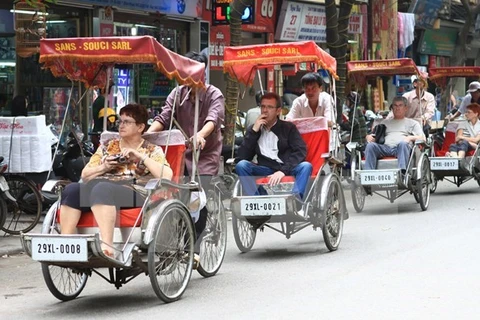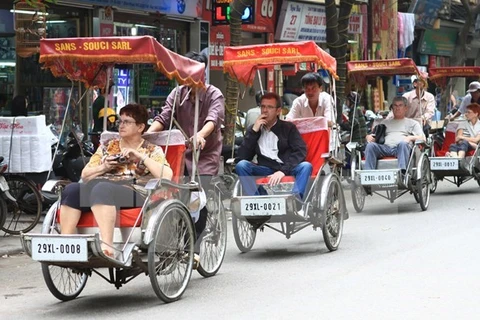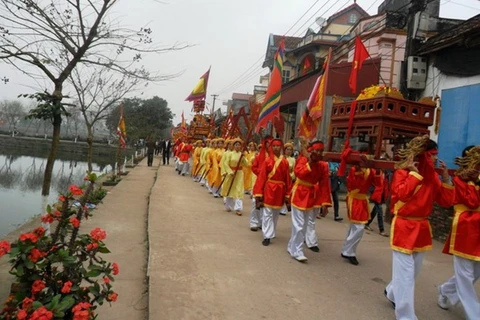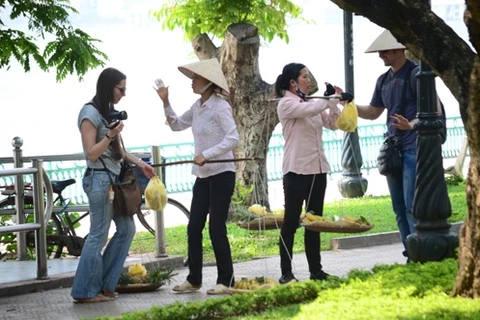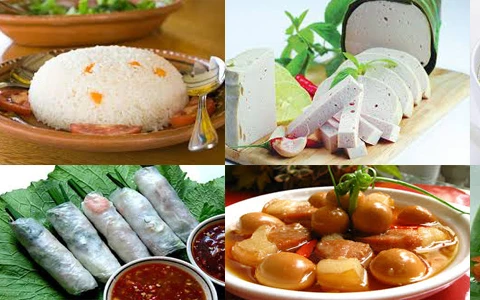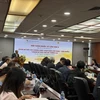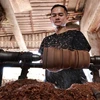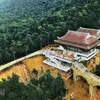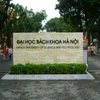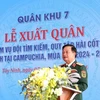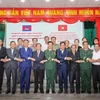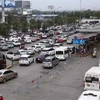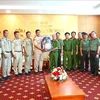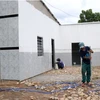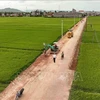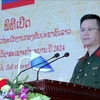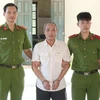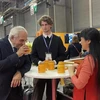Hanoi (VNA) – Folk music will be performed around Hanoi’s Hoan Kiem (Returned Sword) lake to make the capital city’s nightlife more attractive to visitors.
The performances will take place from 8-9 pm on Fridays, Saturdays and Sundays, starting on September 1, the municipal Culture and Communications Department said on August 29.
Performances will feature ca tru (ceremonial songs), cheo (traditional opera), xam (songs of blind street musicians), don ca tai tu (southern folk singing), and traditional musical instruments like the monochord, the T’rung, and flute.
Artists from the Vietnam National Symphony Orchestra, the Vietnam National Academy of Music, the Hanoi Traditional Opera Theatre and the Hanoi Cai Luong (reformed opera) Theatre will perform.
There will also be a stage for circus performers from the Hanoi Circus Theatre.
The move is part of a series of activities Hanoi is deploying to enthrall visitors.
Also from September 1, restaurants and bars in Hanoi’s downtown Hoan Kiem district will be allowed to open until 2am instead of midnight as before.
The extended curfew will apply from Friday to Sunday and is being run on a trial basis by the municipal People’s Committee.
From October 7, streets around Hoan Kiem Lake will be closed to traffic from 19:00 - 2:00 am in summer and 18:00 to 2:00 am in winter from Friday to Sunday and on some holidays.
The streets include Dinh Tien Hoang, Le Lai, Le Thach, Dinh Le, Nguyen Xi, Trang Tien (from Ngo Quyen to Dinh Tien Hoang), Hang Khay, Le Thai To, Hang Trong (from St. Joseph’s Cathedral to Le Thai To), Nha Tho and the Cathedral square.
The pilot will run until the Lunar New Year (Tet) Holiday 2017.
The first pedestrian streets in Hanoi – Hang Ngang, Hang Dao, Hang Duong and Dong Xuan in the Old Quarter - were inaugurated in 2004. In 2014, six more walking streets were launched, also in the Old Quarter.
Hanoi plans to make tourism a key industry, hoping to welcome 30 million visitors per year, including 5.7 million foreigners, by 2020.
According to the municipal Department of Tourism, the capital recorded annual growth of more than 10 percent in tourist arrivals. International arrivals grew by about 14 percent per year while that of domestic visitors averages 9.2 percent.
The city received 19.7 million travellers in 2015, including 3.3 million from overseas who accounted for 40 percent of foreign visitors to Vietnam.
However, the volume was much lower than that of other capital cities in the region. It was only equal to one sixth of the number of international travellers to Bangkok (Thailand), and one third of that in Singapore, and Kuala Lumpur (Malaysia).-VNA

